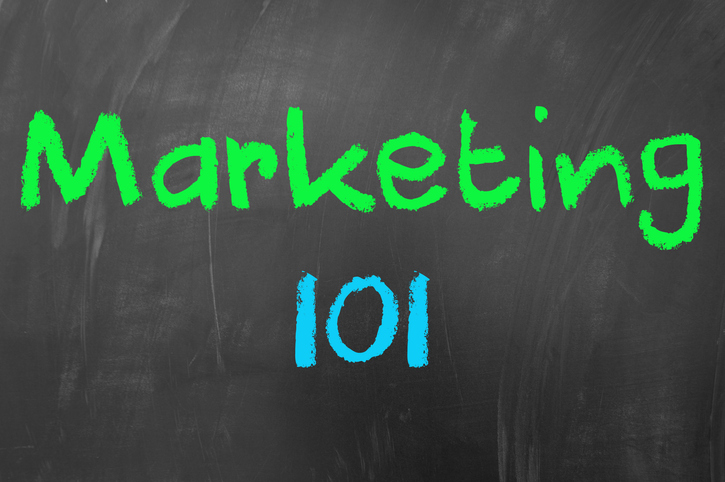
I just recently read somewhere that if you’re a community bank and it takes a customer more th...
Read More

I’ve said this before, and I’ll say it again: I’m not an economist. While I...
Read More

Let me take you back, briefly, to my early days in “the business,” that being the advert...
Read More

What do bananas and baking soda have to do with bank marketing? I thought you would never ask. Let&r...
Read More